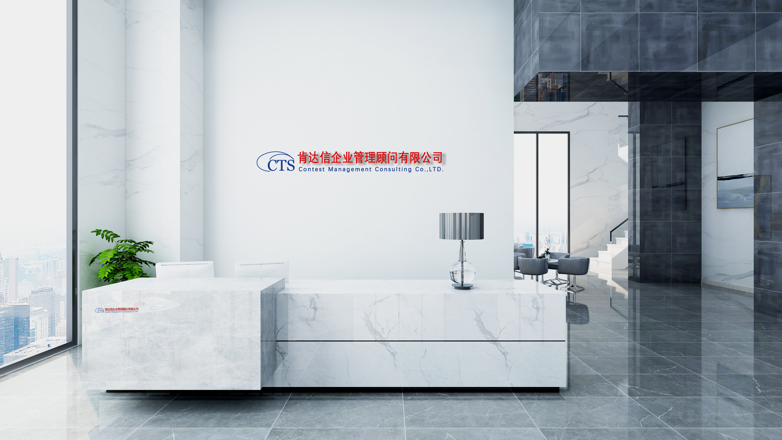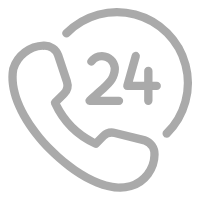ASOS验厂辅导|所有便携式电气设备应由合格人员进行测试和检查
8.7. Electrical Safety
Only trained staff should be allowed to work with electricity, with all electrical systems being maintained so as to prevent danger at all times. Work should not be carried out on live systems unless there is no
alternative.
All portable electrical equipment shall be tested and checked by a qualified person.
Fixed wiring shall be tested with records available to confirm testing results.
Qualified electricians shall maintain electrical equipment and supply.
All portable electrical equipment shall be grounded and the power connection securely fixed with a socket.
Electricity mains supply shall be free from obstacles, with warning signs, properly maintained and prevented from un-authorised access.
No bare wires shall be exposed.
Only waterproof appliances and supply shall be used outdoors.
8.8. Job Hazard Assessment
Where risks are not adequately controlled by other means then the Employer must supply suitable Personal Protective Equipment (PPE), free of charge, to the Worker. Examples may be hearing protection,
respiratory protection, eye protection and gloves. The Employer must ensure the equipment is kept clean, well maintained and used appropriately.
Chain gloves shall be provided when using electrical cutters in the cutting process.
Job hazards shall be assessed, identified and communicated to the Workers.
Warning signs of hazardous areas such as high voltage, confined space, extreme temperatures and asbestos shall be posted.
Workers shall be trained to use and maintain PPE.
Signs shall be posted where PPE is required and use of PPE is mandatory.
When noise level is likely to be higher than the recommended levels, the Employer shall appoint a qualified person to conduct a noise assessment.
If Workers are exposed to higher than the recommended levels for 8 hours or equivalent, the Employer shall eliminate noise sources if possible; otherwise ear protection equipment shall be provided and hearing examinations conducted annually.
A noise control zone shall be defined where noise exposure exceeds the recommended levels for 8 hours or equivalent.
8.9. Dormitories
Where residential accommodation is provided for Workers it must be safe and separate to the production area (particularly with regard to fire precaution), clean and provide sufficient space for an individual to live in comfortably. Toilet and washing facilities should be provided with clean running water.
Dormitories shall not be crowded and living space shall be adequate.
The conditions of residential accommodation, canteens and toilets/sanitary facilities shall be monitored and recorded to ensure there are no factors which may affect Workers’ health.
If the room exceeds more than 12 people, two fire exits shall be provided.
Sleeping arrangements shall be adequate and provided with reasonable privacy. The building shall have fire alarms and clear signposting of emergency exits.
Each Worker must have his/her own bed.
Lockers shall be provided for personal belongings.
The building shall be structurally sound and properly maintained.
Workers can leave and enter the dormitory freely without restriction unless reasonable grounds can be demonstrated for security and safety.
Residential facilities must be safe in the areas of security, fire protection and electrical safety.
An evacuation plan must be posted and fire drills conducted at least every 6 months.
8.9.1. Bathrooms
The number of bathroom cubicles for showering shall be adequate, with a minimum of one shower for 12 people.
Hot and cold water shall be provided inside the bathroom cubicles for showering.
Doors or curtains shall be installed in bathroom cubicles to protect privacy.
8.9.2. Toilets
The number of toilets shall be adequate with a minimum of one toilet for 12 people.
Toilets shall be clean and free from foul odour.
Toilets shall be equipped with flushing and washing water.
There must be at least one male room and one female room for every two floors.
Toilets shall have doors to protect privacy and any windows shall be opaque.
8.9.3. Canteens
Food storage and preparation areas shall be clean and hygienic.
Cooks shall be trained in food preparation hygiene.
If food utensils are re-used, they shall be clean and sterilised.
Facilities should be provided for eating meals and adequate rest.
Where applicable, cooks shall undergo a health check annually.
8.7. 电气安全
只有经过培训的员工才能使用电力,并维护所有电气系统以便随时防止危险。工作不应该在带电系统上进行,除非没有的选择。
所有便携式电气设备应由合格人员进行测试和检查。
固定布线应进行测试,并有记录以确认测试结果。
合格的电工应维护电气设备和电源。
所有便携式电气设备应接地,电源连接应牢固地固定在插座上。
·电源供应应无障碍物,有警告标志,维护得当,安全可靠防止未经授权的访问。
禁止裸露电线。
·室外只能使用防水设备和电源。
8.8. 工作危害评估
如果风险不能通过其他方式得到充分控制,雇主必须提供合适的个人担保向工人免费提供防护装备(PPE)。例如听力保护,
呼吸防护、护眼和手套。雇主必须确保设备保持清洁;
维护良好,使用得当。
·在切割过程中使用电动切割器时,应配带链手套。
·对工作危害进行评估、识别并告知工人。
危险区域的警告标志,如高压、密闭空间、极端温度和石棉应张贴。
工人应接受使用和维护个人防护用品的培训。
·要求使用个人防护用品和强制使用个人防护用品的地方应张贴标志。
当噪声水平可能高于建议水平时,业主应指定一名合格的进行噪音评估的人员。
•如果工人暴露于高于建议水平8小时或同等时间,雇主应应尽可能消除噪声源;否则应提供护耳设备和听力每年进行一次考试。
当噪音暴露超过建议水平达8小时时,应划定噪音控制区或同等学历。
8.9. 宿舍
·为工人提供的住宿必须是安全的,并与生产分开面积(特别是防火),清洁,并提供足够的个人居住空间在舒适。厕所和洗涤设施应提供干净的自来水。
宿舍不应拥挤,生活空间应足够。
·对宿舍、食堂和厕所/卫生设施的状况进行监控并记录下来,以确保没有可能影响工人健康的因素。
·如果房间超过12人,应设置两个消防出口。
睡眠安排应充分,并提供合理的隐私。该建筑物应具备火警警报器和清晰的紧急出口指示牌。
每个工人必须有自己的床。
应提供储物柜存放个人物品。
建筑物结构应完好,维护得当。
除非有合理的理由,员工可以自由进出宿舍,不受限制
证明了安全与安全。
住宅设施在安保、消防和电气安全方面必须安全。
必须张贴疏散计划,并至少每6个月进行一次消防演习。
8.9.1. 浴室
淋浴间的数量应该足够,每12人有一个淋浴间。
浴室隔间内应提供热水和冷水用于淋浴。
浴室隔间应安装门或窗帘,以保护隐私。
8.9.2. 厕所
厕所的数量应足够,至少12人有一个厕所。
厕所应干净,无异味。
厕所应配备冲水和洗涤水。
每两层楼至少要有一个男房间和一个女房间。
厕所应有保护隐私的门,任何窗户都应不透明。
8.9.3. 食堂
食品储存和准备区域应保持清洁卫生。
·厨师应接受食品制备卫生方面的培训。
重复使用的食品用具应保持清洁和消毒。
应提供吃饭和充分休息的设施。
在适用的情况下,厨师应每年进行一次健康检查。
























 18576401396
18576401396 




